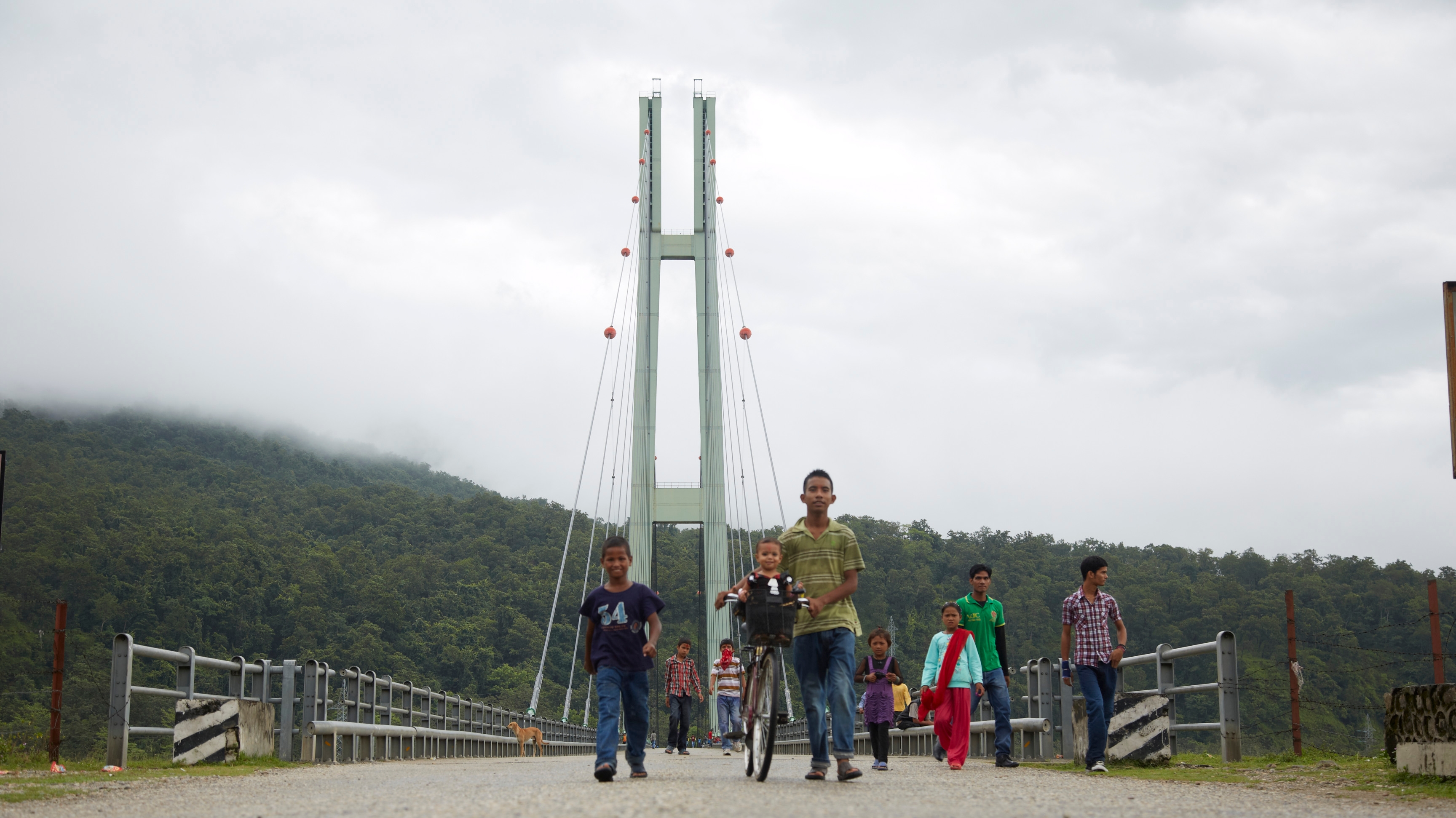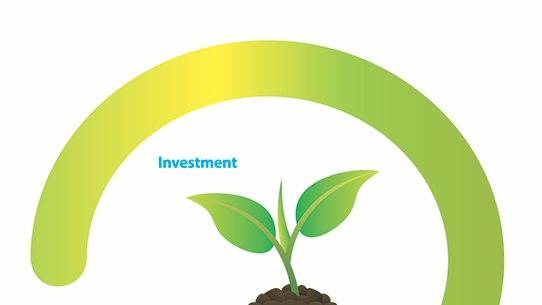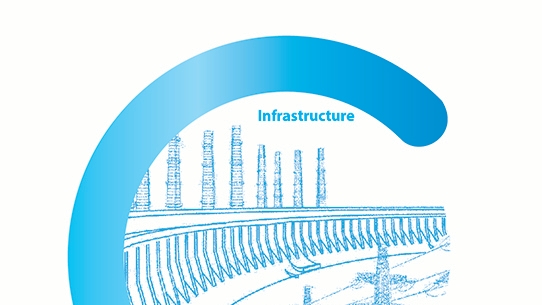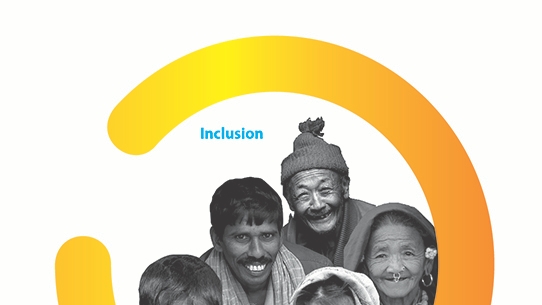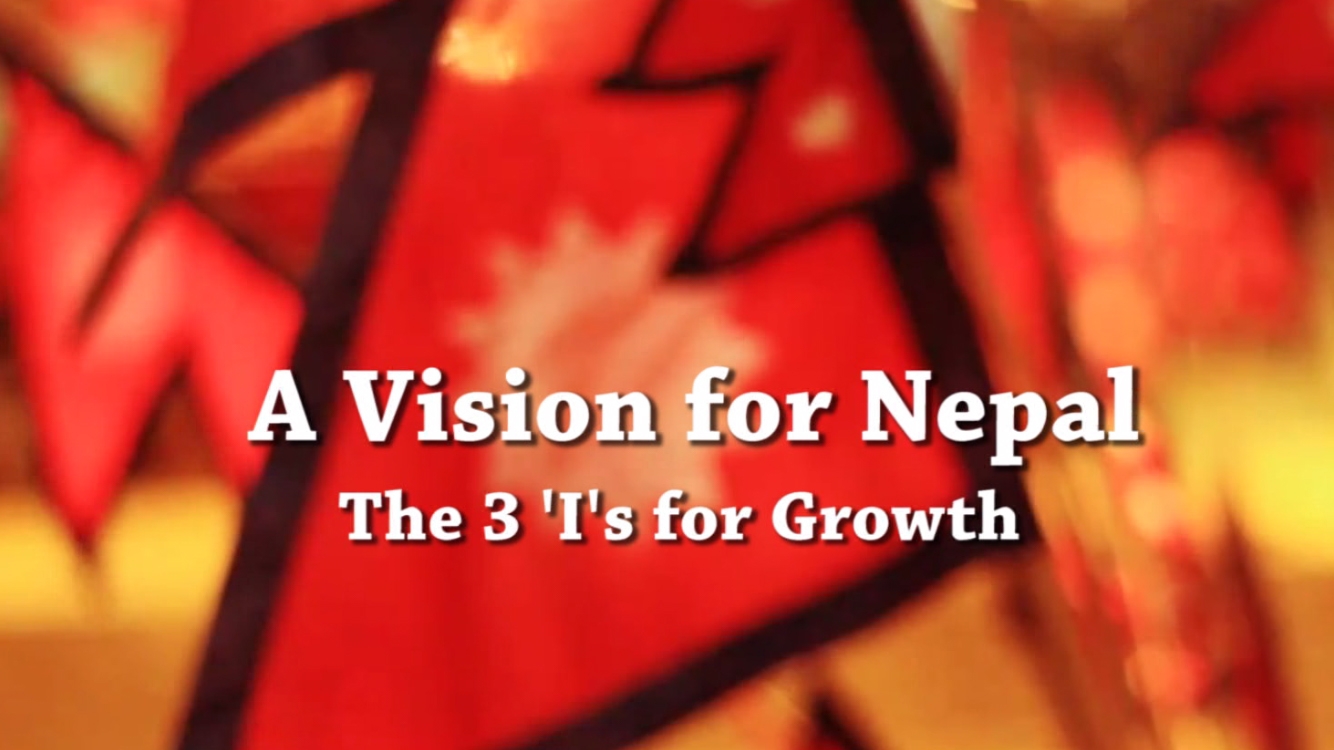Nepal has achieved important progress in the past few years, with increased political stability and substantial gains made in reducing poverty and expanding access to services. However, economic growth has been modest compared to its neighbors and the economy - highly dependent on remittances - lacks dynamism. Nepal needs a new economic model to achieve faster and sustained growth as well as further improvements in human development and poverty outcomes.
The policy notes lays out a strategic vision for Nepal’s development, based on 3 “I”s for growth: Investment, Infrastructure, and Inclusion. Investment is the bedrock of a sustainable growth model but in Nepal, the state, firms and households critically under-invest. In order to unlock investment as well as to expand access to services and opportunities for all, public infrastructure is critical, but Nepal is under-connected and under-powered. Finally, growth alone will not ‘deliver’ continued fast progress on inequality and poverty reduction unless the growth model is calibrated for inclusion, which in turn can help sustain dynamic growth.
In short, the overall development challenge for Nepal is to promote faster, sustainable and inclusive growth and lay solid foundations for future prosperity.
Investment
